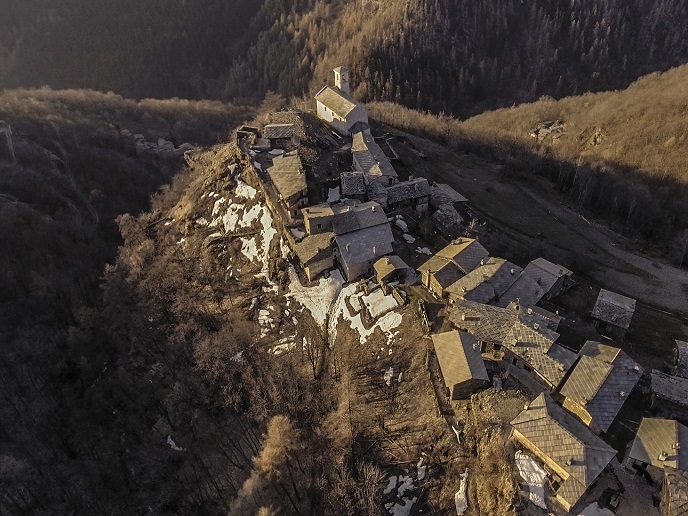How migrants can help rejuvenate Europe’s rural and mountain regions
While third-country national(opens in new window) (TCN) migration to Europe’s urban areas often dominates media coverage, flow to more rural regions is underexplored. Yet, in these places, immigration can meet economic needs and counter depopulation and dwindling birth rates. “If development is to be balanced, integration and migration policies have to be tailored to the specificities of a place,” says Jussi P. Laine, project coordinator of the EU-funded project MATILDE(opens in new window) (Migration Impact Assessment to Enhance Integration and Local Development in European Rural and Mountain Areas). To explore how TCN immigration influences local development in rural and mountain areas, MATILDE conducted 13 case studies across 10 countries. Using action research methods(opens in new window), the project co-created empirically grounded policy recommendations with local stakeholders, including migrants and integration workers. “MATILDE offers pragmatic paths to achieve the EU’s long-term rural vision for areas, making them more sustainable, equitable and resilient,” adds Laine, a professor of Human Geography at the University of Eastern Finland(opens in new window).
Mix-methodology to assess social impact
MATILDE investigated three key effects of TCN migration: impacts on the labour market and local economy, demographic and social revitalisation, and territorialisation and sense of belonging. The project developed a toolbox of research methods, including quantitative and qualitative data collection and analyses, as well as participatory techniques such as mobility mappings and workshops. “Quantitative socio-economic indicators alone, such as employment rates, reveal little about the social impact of immigration on migrants or local communities,” explains Laine. “This approach gave us a greater depth of analysis.”
Influx and outflow
The 13 case study regions(opens in new window) examined represent a range of geographies, historic characteristics, sociocultural norms and economic systems. All have faced different immigration phases, accompanied by economic and political transformations. “Our regions have remarkably divergent local economies, where migrant profiles fit into the labour market differently. But all were embedded within national or international economic systems because of the centrality of farming, forestry and fishing to local economies,” says Laine. In Scotland’s Outer Hebrides, though migrant worker numbers are small, MATILDE found them vital to the fishing industry. In South Tyrol, Italy, and Karacabey, Turkey, agriculture is a key employer of foreign immigrants, resident or seasonal. Other areas, including Germany’s Bavaria region and Ostrobothnia in Finland, were found to have more diversified economies, with the industrial, manufacturing, handicraft and knowledge-based sectors also offering opportunities for qualified TCNs. Depopulation, driven by young people emigrating to urban areas in search of better opportunities, was prevalent across all case studies, alongside ageing local populations. Both have created (often low-skilled) employment opportunities for TCNs. “Despite the importance of foreign labour for these regional economies, it seems to be underappreciated, until COVID highlighted the socio-economic benefits,” remarks Laine.
Co-created policy recommendations
Approximately 25 % of the EU’s population live in rural areas(opens in new window). Their agriculture, forests, water reserves, cultural heritage, biodiversity and social diversity are protected under Article 174 of the Treaty on the Functioning of the European Union(opens in new window). Yet according to Laine, “none of MATILDE’s regions have proper TCN employment programmes. More attention is given to limiting urban immigration rather than strategically tapping any development potential.” In response, MATILDE co-created policy recommendations(opens in new window), which incorporate integration concerns, political levels and different TCN groups (asylum seekers, refugees, migrant workers). The recommendations include ‘quick wins’ such as faster recognition of existing formal, informal and non-formal TCN qualifications, and long-term practices such as tailored training to fill skills gaps. Collaborative research MATILDE collaborated with three EU-funded ‘migration projects’: WELCOMING SPACES(opens in new window), MIMY(opens in new window) and Whole-COMM(opens in new window). A final conference was held(opens in new window) (website in German) in Villach, Austria, one of the MATILDE project case studies. The team are now involved in a newly created cluster of 39 EU-funded migration projects, designed to boost the coordination and impact of the research.







